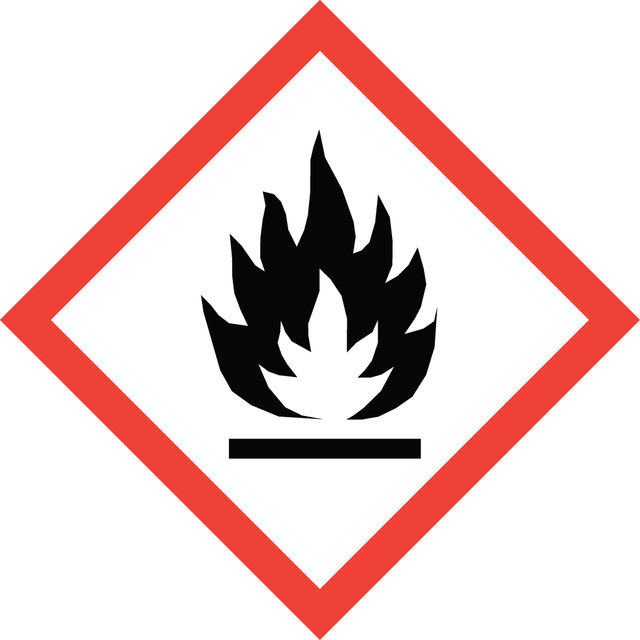Sign In to View Organizational & Contract Pricing
Select a Size
About This Item
Linear Formula:
Fe
CAS Number:
Molecular Weight:
55.85
EC Number:
MDL number:
UNSPSC Code:
11101713
PubChem Substance ID:
NACRES:
NA.22
Product Name
Iron, powder, −325 mesh, 97%
Quality Level
Assay
97%
form
powder
reaction suitability
core: iron
reagent type: catalyst
resistivity
9.71 μΩ-cm
particle size
−325 mesh
bp
2750 °C (lit.)
mp
1535 °C (lit.)
density
7.86 g/mL at 25 °C (lit.)
SMILES string
[Fe]
InChI
1S/Fe
InChI key
XEEYBQQBJWHFJM-UHFFFAOYSA-N
Application
Iron is generally used as a catalyst for wide variety of organic transformations. It has been used for the synthesis of magnetic polydimethylsiloxane (PDMS) for automated microcontact printing of biomolecules.
Iron can also be used:
Iron can also be used:
- For the removal of arsenate from water.
- To synthesize Fe(III) iodide catalyst for thioglycosylation of peracetylated saccharides.
- As a catalyst for the graphitization for microscale radiocarbon analysis of small samples.
- For the removal of nitroaromatic pesticides by reduction.
Physical form
Hydrogen reduced
Signal Word
Warning
Hazard Statements
Precautionary Statements
Hazard Classifications
Flam. Sol. 2 - Self-heat. 2
Storage Class Code
4.2 - Pyrophoric and self-heating hazardous materials
WGK
nwg
Flash Point(F)
69.8 °F
Flash Point(C)
21 °C
Choose from one of the most recent versions:
Already Own This Product?
Find documentation for the products that you have recently purchased in the Document Library.
Fabrication of biomolecule microarrays for cell immobilization using automated microcontact printing.
Cell-Based Microarrays, 83-95 (2018)
Arsenate removal by zero valent iron: batch and column tests.
Biterna M, et al.
Journal of Hazardous Materials, 149(3), 548-552 (2007)
Diastereoselective thioglycosylation of peracetylated glycosides catalyzed by in situ generated iron (III) iodide from elemental iodine and iron.
Weng SS
Tetrahedron Letters, 50(46), 6414-6417 (2009)
Technical progress in AMS microscale radiocarbon analysis.
Uchida M, et al.
Nucl. Instrum. Methods Phys. Res. Sect. B, 223(46), 313-317 (2004)
Reduction of nitroaromatic pesticides with zero-valent iron.
Keum Y S and Li Q X
Chemosphere, 54(3), 255-263 (2004)
Articles
An article concerning self-propagating reactions induced by mechanical alloying, presented by Sigma-Aldrich.com.
Our team of scientists has experience in all areas of research including Life Science, Material Science, Chemical Synthesis, Chromatography, Analytical and many others.
Contact Technical Service